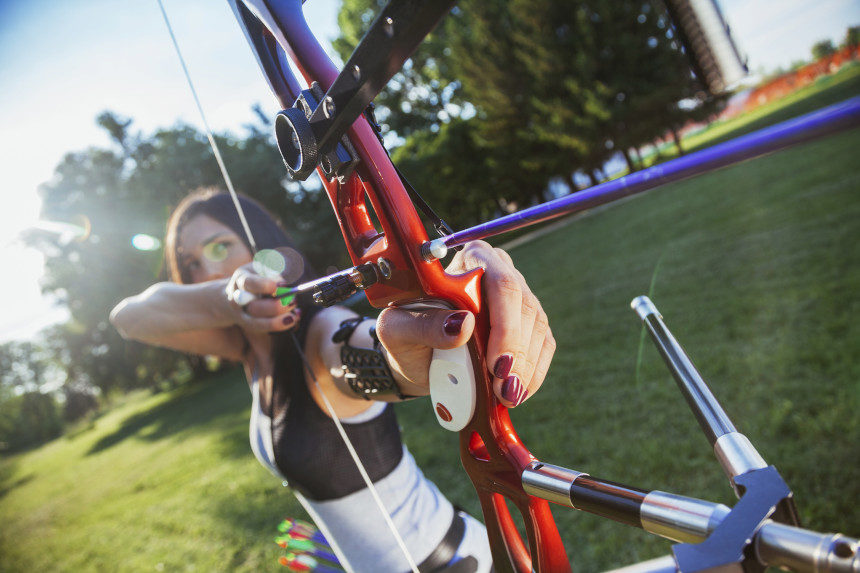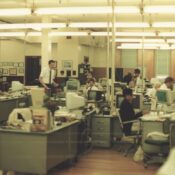It turns out that the way to really inflame your readers is to suggest that we no longer need globes. That’s right; the recent “Five Items That Have Outlived Their Usefulness” provoked a good deal of debate. However, that article did indirectly suggest another idea: if we have some really common items that we don’t really need anymore, what items have been in use for centuries that we do still use today? Our first choice, the wheel, may seem obvious, but the other five might surprise you. Let’s take a look.
1. The Wheel
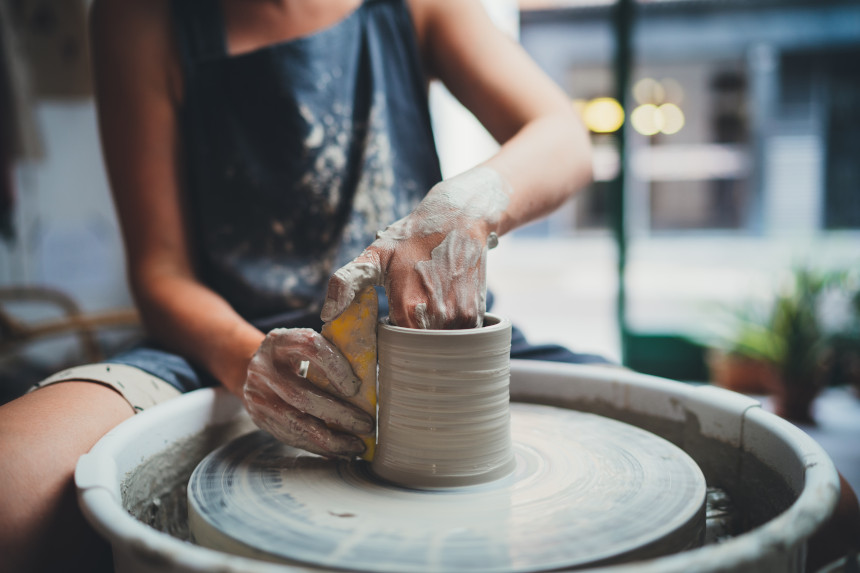
When something so commonly employed for so many reasons is so old that you don’t exactly when it was invented, then you know it’s the very definition of “useful.” Historians suggest that the wheel was invented by the Sumerians in Mesopotamia (which is Iraq today) somewhere around 3500 B.C. At that point, the wheel was used exclusively for pottery; it wouldn’t catch on for any kind of transportation use until the Greeks invented the earliest versions of the wheelbarrow around the 6th century B.C. Today, it’s hard to think of area of society that isn’t touched by wheels, from transportation to construction to textile-making to one of the most frustrating inventions to ever bedevil office-dwelling humans: the printer.
2. The Telescope
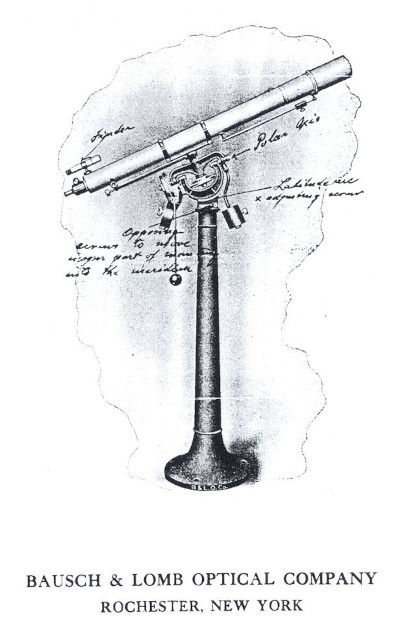
People love to say that Galileo invented the telescope, but the truth is that he improved upon it. The earliest officially recorded version of the device is known by way of a 1608 patent application in the Netherlands. That version of the refracting telescope was the creation of Hans Lippershey, who made eyeglasses. Lippershey actually failed to secure a patent, but the design travelled quickly. In 1609, Galileo made a series of adjustments and improvements that increased its magnification and sharpness. Along the way, other brilliant minds like Sir Isaac Newton and Léon Foucault would make their own additions. In the 1900s, there was an explosion of new telescope types as science began to apply particular wavelengths (like radio, X-rays, etc.) to the process. Even with today’s massive observatories and telescopes mounted on satellites in space, you can still get a telescope home set that can be easily used by children, while still being powerful enough to study the surface of the Moon, for less than $100.
3. Knitting and Sewing Needles
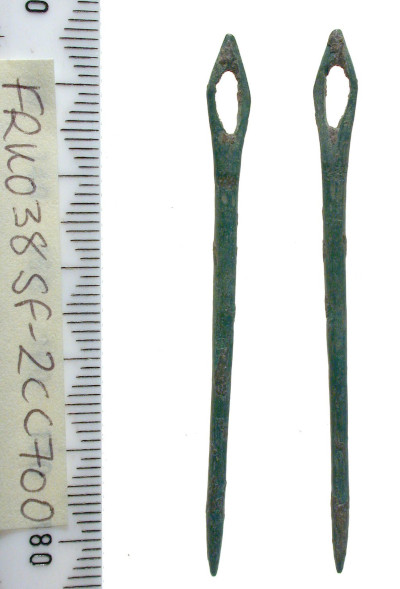
Knitting and sewing needles have been in use with very little in the way of change for thousands of years. Of course, the material types have been upgraded, but the designs are still fundamentally the same. Archaeologists and anthropologists have tracked down sewing needles that existed as long as 60,000 years ago in South Africa; they appear to have been made out of bird bones. England’s Victoria and Albert Museum has double-needle knitted pieces in their collection going back to Africa around 1100 to 1300.
4. The Bow
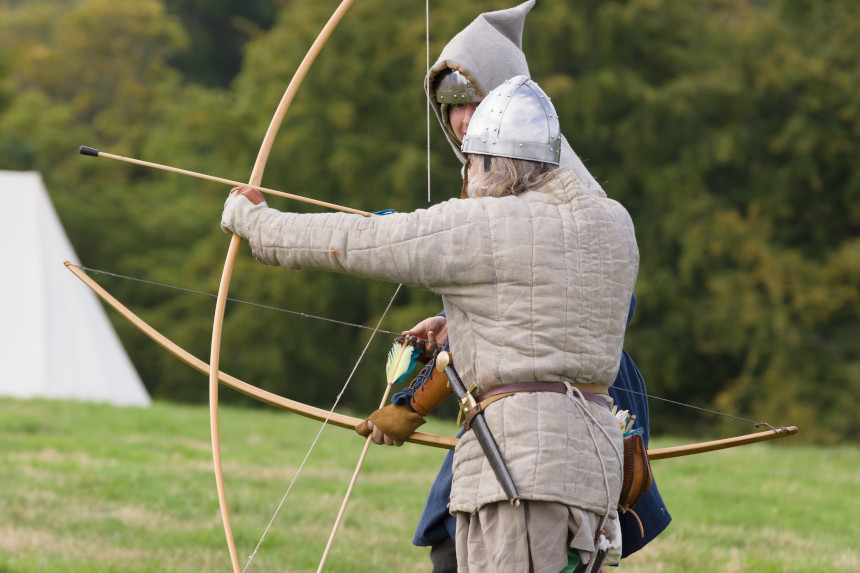
Close to five million people participate in bow hunting in the United States every year, and almost eight million practice or compete in general archery. Given that, and the fact that new team archery events were added to the most recent Olympics, it’s safe to say that the bow-and-arrow are sticking around. What we know of the history of archery is that it began around 10,000 B.C., most likely in Egypt. From the beginning, it was used in both hunting and warfare. One of the most famous uses of the bow in battle was the deployment of the English longbow during the Battle of Agincourt in 1415; the English decisively defeated a much larger French army, in part because of the destruction that the archers wrought on France’s cavalry charge.
5. The Flush Toilet
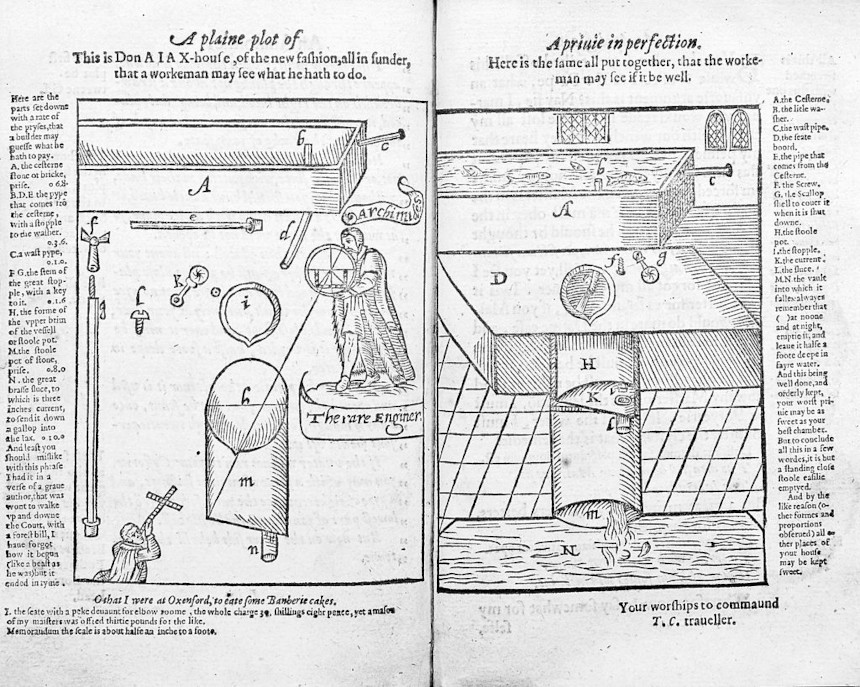
Given the pervasive nature of the outhouse in frontier America, you could be forgiven for thinking of the flush toilet as a “modern” convenience. The truth is that constant-flow toilets and similar mechanisms have been around for about 5000 years. The first actual flush toilet was invented in 1596 by Queen Elizabeth I’s godson, Sir John Harington (which is, in fact, why the toilet is called “the John”). The first patent for a flush toilet didn’t come until 1775; it was awarded to the Scots inventor Alexander Cumming, who contributed that familiar S-pipe that you still see on toilets today. And yes, in the 1800s, one Thomas Crapper made the in-home flush toilet a widespread commercial success. One fitting final note about Sir John: He has a descendent named Kit Harington, who famously played Jon Snow on (yes, feel free to snicker) Game of Thrones.
6. The Flute
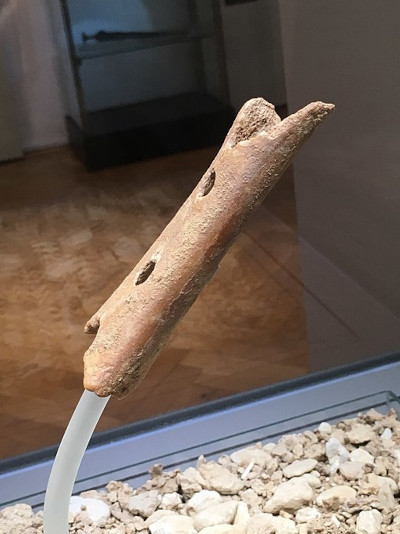
The oldest known musical instrument in the world is a flute carved out of bear bones. It’s more than 50,000 years old, and is still playable. That flute was found in a cave in Slovenia. Of course, the flute still exists in multiple variations today, with one of the most common being the Western transverse flute that you commonly see in symphony orchestras and school bands.
Featured image:
Become a Saturday Evening Post member and enjoy unlimited access. Subscribe now
